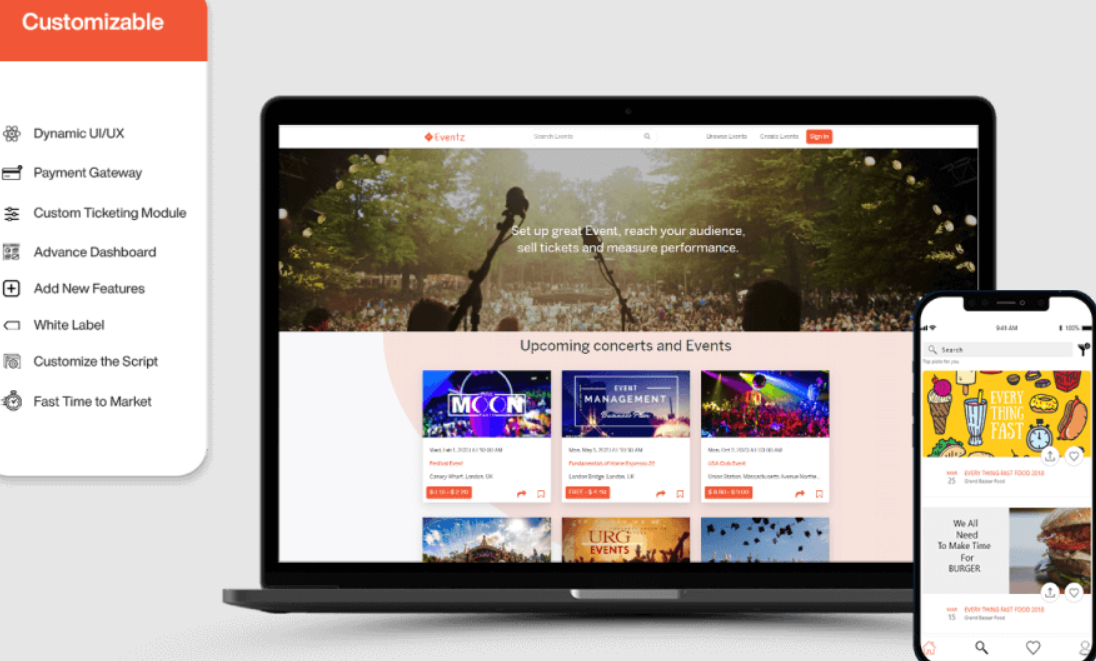When it comes to home security, CCTV (closed-circuit television) cameras have become increasingly popular in recent years. With the rise of smart home technology, homeowners can now monitor their properties from anywhere in the world using their smartphones or computers. However, with so many different types of CCTV cameras available, it can be difficult to know which one is the best for your home.
One of the most important factors to consider when choosing a CCTV camera for your home is the quality of the video footage it produces. High-resolution cameras are essential for capturing clear images that can be used as evidence in the event of a break-in or other security breach. Additionally, cameras with night vision capabilities are crucial for monitoring your property after dark.
Another factor to consider is the type of camera you need. Dome cameras are a popular choice for indoor use, as they can be mounted on the ceiling and provide a 360-degree view of the room. Bullet cameras, on the other hand, are better suited for outdoor use, as they are weather-resistant and can be easily mounted on walls or other surfaces. Pan-tilt-zoom (PTZ) cameras are another option, which allow you to remotely control the camera’s movement and zoom in on specific areas of your property.
Types of Home CCTV Systems
When it comes to choosing a CCTV system for your home, there are several types available in the market. Each type has its own advantages and disadvantages, and it is important to choose the one that suits your needs and budget. Here are some of the most common types of home CCTV systems:
Wired CCTV Systems
Wired CCTV systems are the most traditional type of CCTV system available. They involve running cables from the cameras to the recording device. These systems can be hard to install, but once installed, they are reliable and offer high-quality video footage. They are also less susceptible to interference than wireless systems.
Wireless CCTV Systems
Wireless CCTV systems are becoming increasingly popular due to their ease of installation. These systems use Wi-Fi to connect the cameras to the recording device. They are also portable, which means you can move them around your home as needed. However, they can be prone to interference from other wireless devices, which can affect the quality of the video footage.
IP CCTV Systems
IP CCTV systems are digital systems that use the internet to transmit video footage. These systems offer high-quality video footage and can be accessed remotely from anywhere in the world. They are also easy to install and can be integrated with other security systems, such as alarms and access control systems.
Night Vision CCTV Systems
Night vision CCTV systems are designed to capture video footage in low-light conditions. These systems use infrared technology to illuminate the area being monitored, allowing the cameras to capture clear video footage even in complete darkness. Night vision CCTV systems are ideal for outdoor use, where lighting may be limited.
PTZ CCTV Systems
PTZ (pan-tilt-zoom) CCTV systems allow you to remotely control the direction and zoom of the camera. This means you can monitor a larger area with fewer cameras. PTZ CCTV systems are ideal for large properties or businesses that require extensive coverage.
In conclusion, choosing the right type of CCTV system for your home depends on your specific needs and budget. Wired CCTV systems offer reliability and high-quality video footage, while wireless CCTV systems offer ease of installation and portability. IP CCTV systems offer remote access and integration with other security systems, while night vision CCTV systems are ideal for low-light conditions. Finally, PTZ CCTV systems offer the ability to monitor a larger area with fewer cameras.
Factors to Consider When Choosing a CCTV System
When it comes to selecting a CCTV system for your home, there are several factors that you need to consider. Here are some of the most important factors that you should keep in mind:
1. Camera Resolution
The resolution of the camera is one of the most important factors to consider when choosing a CCTV system. The higher the resolution, the clearer the images will be. It is recommended to choose a camera with at least 1080p resolution.
2. Night Vision
If you want to monitor your home at night, you need to choose a CCTV system that has good night vision capabilities. Look for cameras that have infrared LEDs that can illuminate the area even in complete darkness.
3. Field of View
The field of view is the area that the camera can cover. It is important to choose a CCTV system that has a wide field of view so that you can monitor a larger area. Look for cameras that have a field of view of at least 90 degrees.
4. Storage
The amount of storage that you need will depend on how long you want to keep the footage. If you want to keep the footage for a long time, you will need a CCTV system that has a large storage capacity. Look for systems that have at least 1TB of storage.
5. Remote Access
Remote access allows you to view the footage from your CCTV system from anywhere in the world. Look for systems that have remote access capabilities so that you can monitor your home even when you are away.
6. Ease of Use
Choose a CCTV system that is easy to install and use. Look for systems that come with user-friendly software and instructions.
By considering these factors, you can choose a CCTV system that will meet your needs and provide you with peace of mind.
Installation and Maintenance of CCTV Systems
Proper installation and regular maintenance are crucial for ensuring the effectiveness of a CCTV system. Here are some key considerations:
Installation
- Determine the optimal placement of cameras to cover all areas of interest
- Ensure cameras are mounted securely and at the correct angle for optimal viewing
- Use high-quality cables and connectors to avoid signal loss and interference
- Ensure that the recording device has adequate storage capacity for the desired retention period
- Test the system thoroughly before finalizing the installation
Maintenance
- Regularly clean camera lenses and housings to ensure clear images
- Check cables and connectors for damage or wear and replace as needed
- Test the system regularly to ensure all cameras are functioning properly
- Keep firmware and software up to date to ensure optimal performance and security
- Review footage regularly to identify any issues or potential security threats
By following these guidelines, homeowners can ensure that their CCTV system is installed and maintained properly, providing reliable surveillance and peace of mind.
Benefits and Limitations of Home CCTV Systems
Home CCTV systems have become increasingly popular in recent years, as homeowners seek to improve their security and protect their property. These systems come with a range of benefits and limitations, which are important to consider when deciding whether to invest in one.
Benefits
- Deterrence: The presence of CCTV cameras can act as a deterrent to would-be burglars and intruders, who are less likely to target a property that is visibly monitored.
- Evidence: CCTV footage can provide valuable evidence in the event of a crime, helping to identify suspects and providing evidence for prosecution.
- Remote monitoring: Many home CCTV systems can be accessed remotely via a smartphone or computer, allowing homeowners to monitor their property from anywhere in the world.
- Insurance discounts: Some insurance companies offer discounts on home insurance premiums for properties that have CCTV systems installed, as they are seen as a lower risk.
Limitations
- Cost: Home CCTV systems can be expensive to install and maintain, with prices ranging from a few hundred to several thousand dollars.
- Privacy concerns: CCTV cameras can raise privacy concerns, particularly if they are pointed towards public areas or neighboring properties.
- False sense of security: While CCTV cameras can act as a deterrent, they are not foolproof and cannot guarantee the safety of a property or its occupants.
- Maintenance: Home CCTV systems require regular maintenance to ensure they are working properly, which can be time-consuming and costly.
Overall, home CCTV systems can provide a valuable layer of security for homeowners, but it is important to weigh the benefits and limitations before making a decision.
Conclusion
In conclusion, choosing the best type of home CCTV system depends on various factors such as budget, location, and personal preferences. It is important to consider the features and specifications of each system before making a decision.
For those on a tight budget, a basic analog system may be sufficient. However, those who prioritize high-quality video and advanced features such as motion detection and remote access may want to invest in an IP system.
It is also important to consider the location of the property and the type of surveillance needed. Outdoor cameras with weatherproof casing and night vision capabilities are ideal for monitoring the perimeter of the property, while indoor cameras with two-way audio can be useful for monitoring the inside of the home.
Overall, the best type of home CCTV system is one that meets the specific needs of the homeowner and provides reliable and effective surveillance. By considering the factors mentioned above and doing thorough research and looking at different cctv camera guides, homeowners can make an informed decision and choose a system that will provide peace of mind and security for their home.












